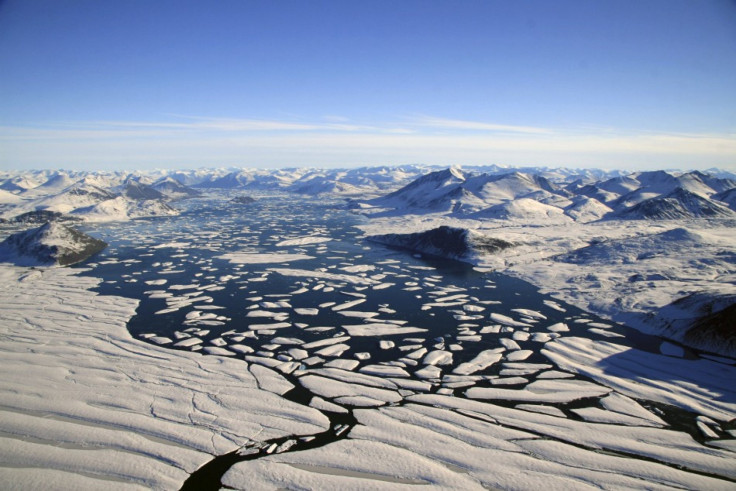Arctic Sea Ice Broke up 1,400 Years Ago

Arctic ice shelves may disappear in the future, although the ice masses already broke up 1,400 years ago and refroze 600 years later, according to new research.
The current vanishing of the Arctic ice has been highly publicized, but new research suggests that at least one ice shelf, the Ward Hunt Ice Shelf, had a history of breaking up 1,400 years ago and only completely reformed 800 years ago.
Ice shelves act as dams in fjords and result in sediment building up at the boundary between fresh water from the ice and salt water from the ocean.
Researchers at Université Laval in Canada analyzed this sedimentary boundary that indicates thaw/ melt cycles and found that the Ward Hunt, located north of Ellesmere Island started to show instability 1,400 years ago, much like the current instability.
Every year when we go up there, tens if not hundreds of square kilometers have floated away, said Dermot Antoniades, lead author of the study that appeared Monday in the online edition of the journal PNAS. What we see in the near future could be more severe than this melting even 1,400 to 800 years ago, but it's too early to say that definitely.
Antoniades, now a researcher at the Universidad de la República in Uruguay, said the team, led by Warwick F. Vincent, chose the Ward Hunt because it's the largest ice shelf in the Arctic.
The group dated the instability by analyzing mineral sediment that act like a magnetic clock, carbon 14 that acts like an atomic clock and algae pigments that distinguish between fresh and ocean water.
The entire record that we have covers most of the last 10,000 years, Antoniades said.
Previous studies in the fjord dated pieces of driftwood that became stuck in the ice as it melted and refroze.
When no driftwood existed in the ice, researchers had difficulty explaining why.
Antoniades, who continues to work on the project, said the next step would be to work on smaller ice shelves that could act as more sensitive gauges of warming.
Antoniades estimated that within 10 years, the Arctic ice shelves could be removed completely.
There are a number of ice shelves that have floated away completely, Antoniades said. What we're seeing happening to the ecological system of Ellesmere is rather unsual in the long scale and could be getting into unprecedented territory.
© Copyright IBTimes 2024. All rights reserved.











